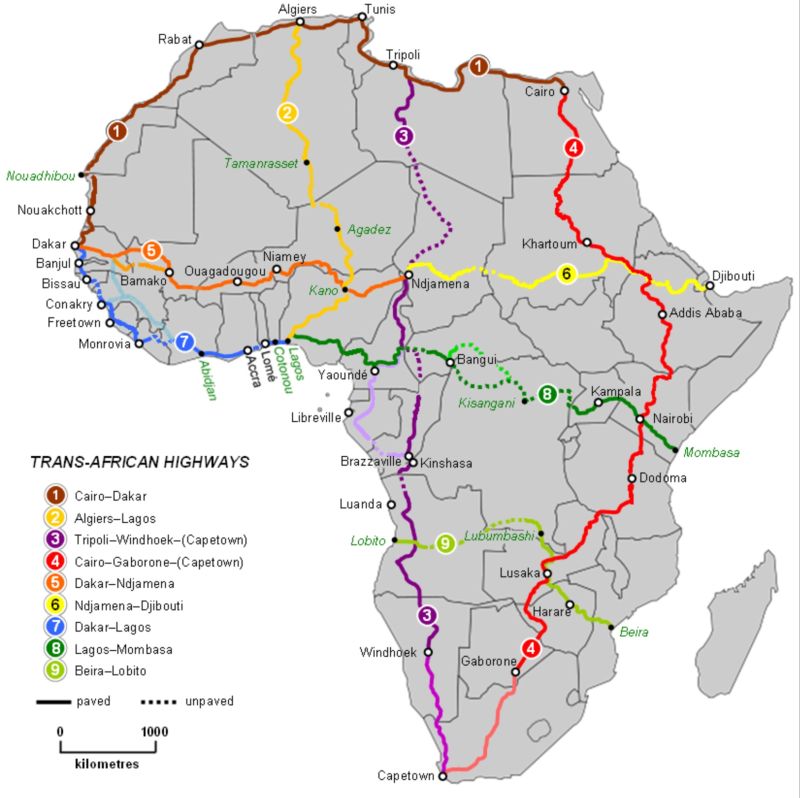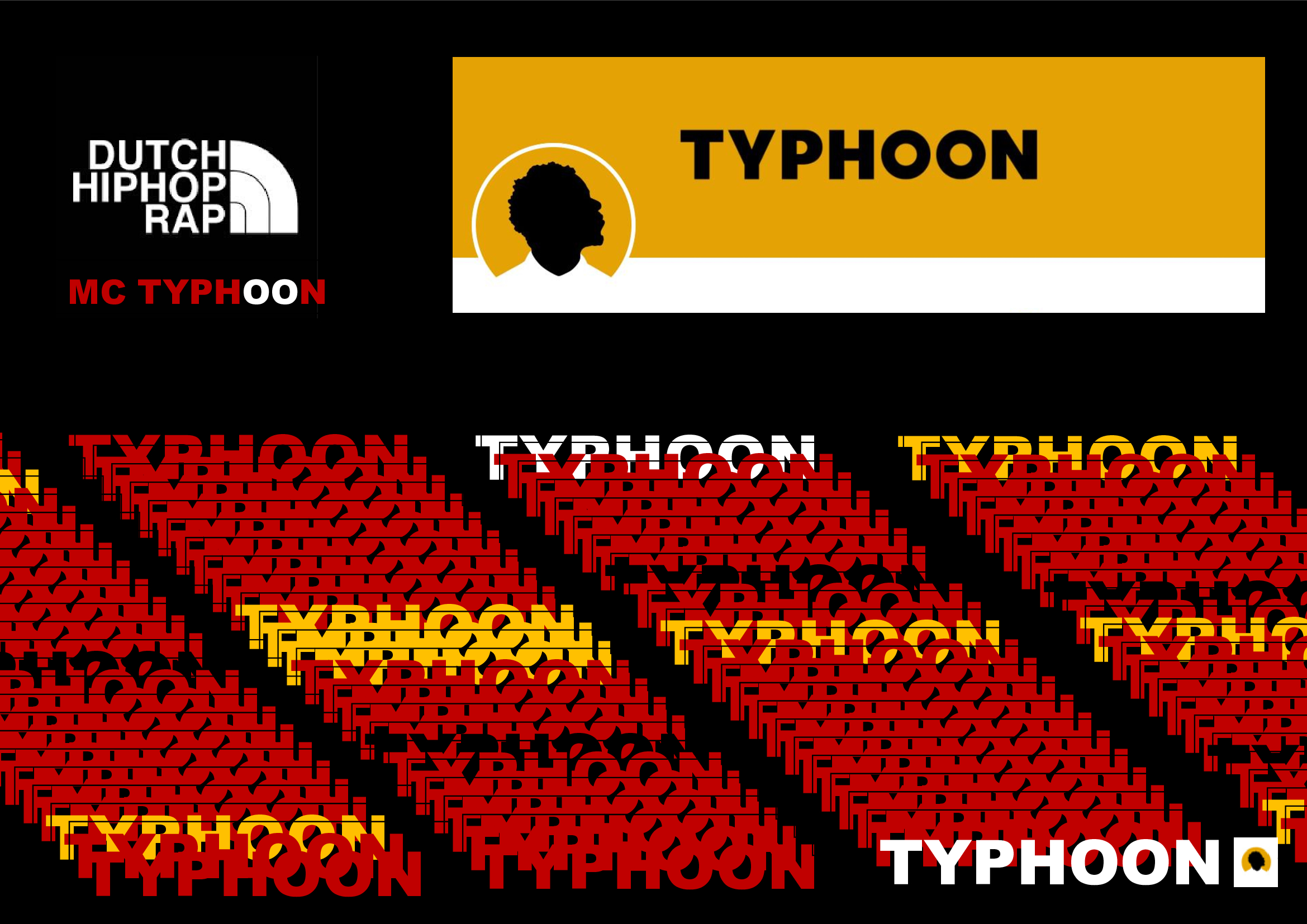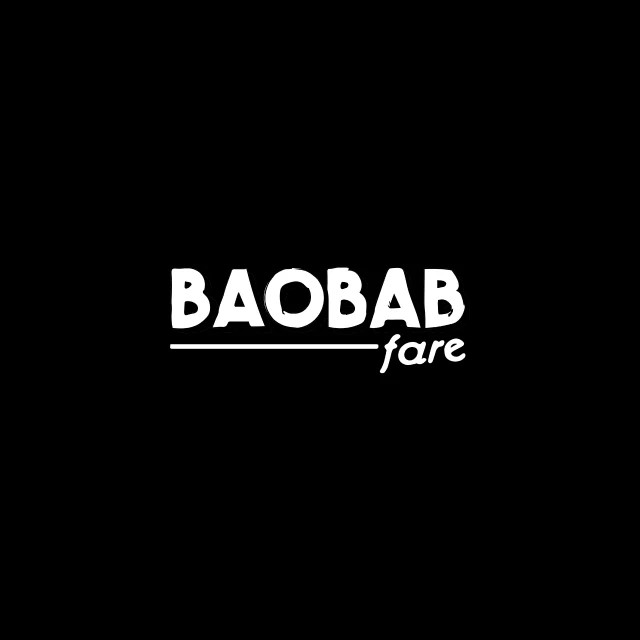-
OnkọweAwọn ifiweranṣẹ
-
-
African Integrated
High-Speed Railway
Network: An
Overview.

Awọn Ile-iṣẹ Idagbasoke Ile Afirika-NEPAD (AUDA-NEPAD) has unveiled a comprehensive plan detailing the conception, design, and implementation strategy for the African Integrated High-Speed Railway Network. This initiative encompasses a series of reports from across the continent, all dedicated to the revival, expansion, and modernization of railways in alignment with the continental rail strategy.
The High-Speed Railway project received endorsement from the African Union (AU) Heads of State during the 24th AU Summit in 2013 as a crucial component of “Agenda 2063.” Since then, the project has progressed through the completion of a technical feasibility study, leading to significant construction and procurement decisions by various economic blocs and national governments.
The project aims to achieve three primary objectives by 2033:
1. Interconnecting landlocked countries.
2. Linking regions across Africa.
3. Establishing Trans-Africa beltways.The master plan for railway links has been meticulously analyzed and prioritized. Notable pilot projects identified for accelerated development include the Dar es Salaam-Kigali link combined with the Kampala-Kigali-Bujumbura route, as well as the Walvis Bay-Windhoek-Gaborone-Pretoria corridor. Additionally, ten other regional pilot projects have been designated as priority initiatives and will undergo feasibility assessments promptly.
The envisioned network will connect the 16 landlocked countries in Africa to major seaports and neighboring nations. It aims to establish railway interoperability across different regions, creating East-West and North-South land bridges, and interlinking African capitals. This network is anticipated to connect major commercial and economic hubs, thereby boosting economic growth and intra-African trade. Furthermore, it will complement the African Continental Free Trade Area (AfCFTA), fostering greater economic integration and cooperation across the continent.
-
-
OnkọweAwọn ifiweranṣẹ
O gbọdọ wọle lati fesi si koko yii.









